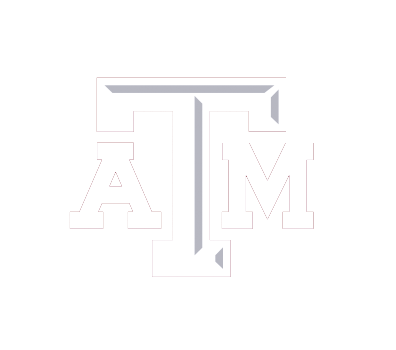Brush Study
Blackland Research and Extension Center, Temple, Texas
This was a joint study conducted by U.S. Department of Natural Resource Conservation Service (NRCS), TAES, TAEX, and Texas State Soil and Water Conservation Board (TSSWCB) to study the impact of brush removal on increase in water yields at eight watersheds in Texas. Previous studies have proved that infestation of noxious brush, deplete water from underground aquifers and decrease flow in rivers and streams to meet their evapotranspiration (ET) demands. Soil and Water Assessment Tool (SWAT) model was used in this project to study the effects of brush removal on water yield, determine areas within each watershed for brush removal that will result in maximum water yield, alternative management scenarios for brush control, and cost-benefit analysis. The Spatial Sciences Laboratory (SSL) provided accurate information on Land Use/Land Cover. This aspect is important to assess these impacts. Hence, eighteen Landsat-7 scenes covering the study area were classified using ERDAS Imagine (Image Processing Software) at the SSL (Spatial Science Laboratory) and BRC (Blackland Research Center). A supervised maximum likelihood classification was performed on these images using ground control points collected by NRCS field personnel. The accuracy of the classified image was 70% - 80%.
